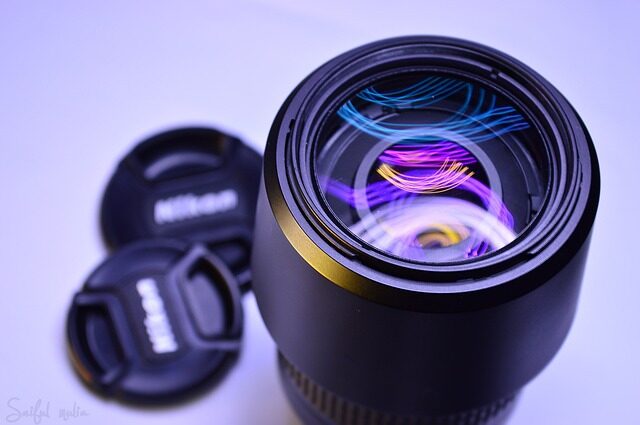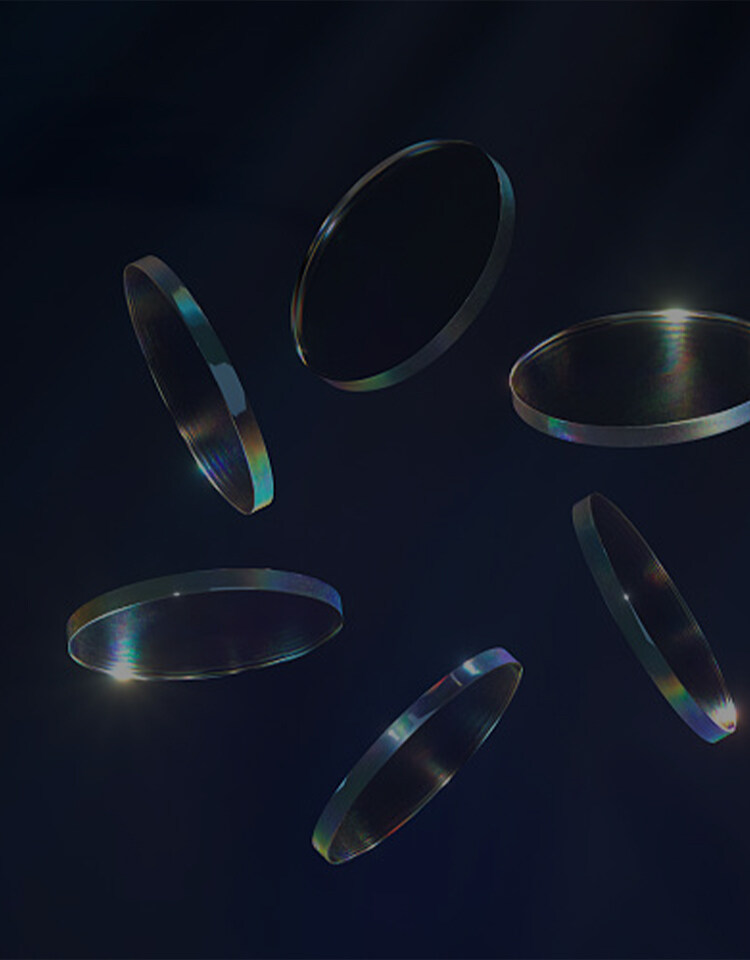Email format error
Email cannot be empty
Email already exists
6-20 characters(letters plus numbers only)
The password is inconsistent
Email format error
Email cannot be empty
Email does not exist
6-20 characters(letters plus numbers only)
The password is inconsistent


Periscope Lens vs Telephoto Lens: An In-Depth Comparison
In the ever-evolving world of photography and smartphone technology, understanding the different types of lenses can be crucial for making informed choices. Among the various lenses available today, the periscope lens and the telephoto lens stand out due to their unique characteristics and capabilities. In this blog, we'll dive deep into the differences, advantages, and applications of periscope lenses versus telephoto lenses, providing a comprehensive comparison that will help you appreciate the nuances of these optical wonders.
What is a Periscope Lens?
A periscope lens is a relatively recent innovation in the world of smartphone cameras. Named after the optical device used in submarines to see above water while remaining submerged, the periscope lens utilizes a complex system of mirrors and prisms to achieve its functionality. This lens is designed to offer high zoom capabilities without increasing the thickness of the device significantly.
Key Features:
- Optical Path: Unlike traditional lenses, the periscope lens uses mirrors or prisms to bend light at a 90-degree angle. This setup allows the lens to be compact and fit within a slim smartphone body.
- High Zoom Capabilities: The periscope lens can achieve impressive zoom levels, often up to 5x or more, without compromising on image quality.
- Compact Design: By bending the light path, the periscope lens avoids the need for a physically long lens, making it ideal for smartphones that prioritize slim profiles.
Advantages:
- Space Efficiency: The periscope lens design allows for high zoom capabilities without requiring a bulky camera module.
- High Zoom Quality: It provides excellent image quality at high zoom levels, which is particularly beneficial for capturing distant subjects.
Disadvantages:
- Complexity: The intricate design can make periscope lenses more expensive and potentially more prone to mechanical issues.
- Light Loss: The mirrors and prisms in the periscope lens can lead to some loss of light, which might affect low-light performance.
What is a Telephoto Lens?
The telephoto lens is a classic optical tool used in photography, whether in smartphones, cameras, or binoculars. Unlike the periscope lens, the telephoto lens relies on a long focal length to magnify distant subjects. The term "telephoto" refers to the lens's ability to capture images from far away, effectively bringing distant scenes closer.
Key Features:
- Long Focal Length: Telephoto lenses have a longer focal length compared to standard lenses, which allows them to zoom in on distant subjects.
- Optical Design: These lenses use a series of lenses to achieve magnification. The longer the focal length, the more magnification you get.
- Variety of Types: Telephoto lenses come in various types, including prime and zoom versions, with focal lengths ranging from moderate to extremely long.
Advantages:
- Magnification: Telephoto lenses offer significant zoom capabilities, making them ideal for wildlife, sports, and portrait photography.
- Image Quality: High-quality telephoto lenses provide excellent image sharpness and detail, especially when used in optimal conditions.
Disadvantages:
- Size and Weight: Traditional telephoto lenses can be bulky and heavy, which might be less practical for smartphones and on-the-go shooting.
- Cost: High-quality telephoto lenses can be expensive, particularly those with large apertures and advanced optical designs.

Comparing Periscope and Telephoto Lenses
Now that we have an understanding of each lens type, let’s delve into a direct comparison to highlight their strengths and weaknesses.
Zoom Capability:
-
- Periscope Lens: Offers high zoom levels with a compact design. Ideal for smartphones where space is limited.
- Telephoto Lens: Provides exceptional zoom and image quality but typically requires more space and weight. More versatile in various settings due to the wide range of focal lengths available.
Image Quality:
-
- Periscope Lens: Generally performs well at high zoom levels, though it may experience some light loss due to the internal mirrors and prisms.
- Telephoto Lens: Known for superior image quality and sharpness, especially in high-end models. The optical design minimizes distortions and aberrations.
Size and Portability:
-
- Periscope Lens: Compact and designed to fit within slim smartphones, making it highly portable and convenient for everyday use.
- Telephoto Lens: Often bulky and heavy, making it less suitable for casual or on-the-go photography unless using a smartphone with a built-in telephoto lens.
Applications:
-
- Periscope Lens: Perfect for smartphone users who need high zoom capabilities in a slim profile. Great for casual photography where convenience is key.
- Telephoto Lens: Ideal for professional photographers and enthusiasts who require high image quality and versatility. Suitable for wildlife, sports, and portrait photography.
Cost and Complexity:
-
- Periscope Lens: Can be more expensive due to the intricate design but offers a balance between performance and size.
- Telephoto Lens: While high-quality models can be costly, they are often more straightforward in design and can offer superior performance.
Real-World Examples
To provide a clearer picture, let's look at some real-world examples of how periscope and telephoto lenses are used in modern devices.
Smartphones with Periscope Lenses: Devices like the Samsung Galaxy S20 Ultra and Huawei P40 Pro feature periscope lenses that enable impressive zoom levels up to 100x. These smartphones use the periscope lens to deliver high magnification while maintaining a slim profile, making them popular choices for users who want powerful zoom capabilities in their pockets.
Cameras with Telephoto Lenses: Professional cameras, such as the Canon EF 70-200mm f/2.8L IS III USM or Nikon AF-S NIKKOR 70-200mm f/2.8E FL ED VR, are classic examples of telephoto lenses that offer exceptional zoom and image quality. These lenses are favored by photographers for their ability to capture detailed images of distant subjects with high clarity.
Conclusion
Both periscope lenses and telephoto lenses have their unique advantages and applications. The periscope lens excels in providing high zoom capabilities within a compact smartphone design, making it a valuable tool for everyday use. On the other hand, the telephoto lens offers superior image quality and versatility, though it often comes with the trade-offs of size and weight.
Choosing between a periscope lens and a telephoto lens depends largely on your needs and preferences. If you value portability and high zoom in a smartphone, the periscope lens is an excellent choice. However, if you require top-notch image quality and versatility for professional photography, a telephoto lens might be the way to go.
Understanding the differences and capabilities of these lenses can help you make informed decisions and enhance your photography experience. Whether you're capturing distant landscapes or snapping quick shots on the go, both periscope and telephoto lenses bring unique benefits to the table.

